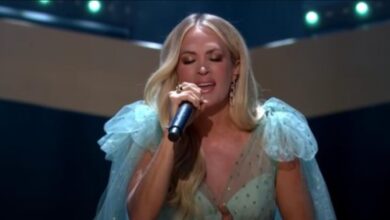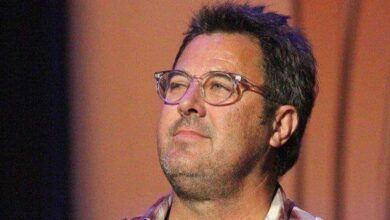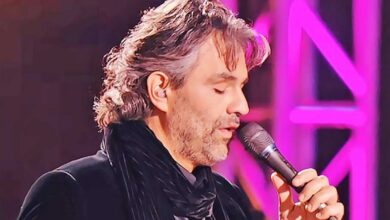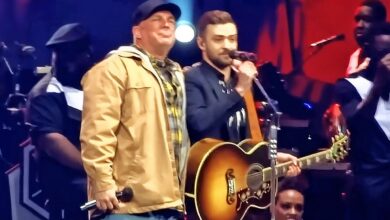Ben Haggard: Blending His Father’s Tunes with Spiritual Roots
Ben Haggard, son of the legendary country singer Merle Haggard, has been keeping his father’s legacy alive in a unique way. Through his YouTube channel, Ben shares personal performances that pay homage to his father’s work and the wider world of country music. Among these uploads, a standout piece is his rendition of the classic hymn “Where No One Stands Alone.” Performed with nothing but a guitar, Ben’s interpretations are a testament to the pure, unadulterated essence of country music.
“Where No One Stands Alone” has deep historical roots, dating back to the 1950s. The hymn was written by Thomas Mosie Lister, a prominent figure in gospel music. Lister’s work often explored the theme of life’s emptiness without the presence of Jesus. His significant contributions to gospel music earned him recognition in the Gospel Music Hall of Fame in 1976 and the Southern Gospel Music Association Hall of Fame in 1997.
The hymn’s journey into the public consciousness began with its first commercial recording by the Statesmen Quartet in 1955. This release set the stage for other Southern Gospel artists to embrace the song, leading to renditions by the Blackwood Bros. Quartet in 1956, The Jordanaires in 1959, and the Cathedral Quartet in 1966. Each of these groups added their unique touch to the hymn, further cementing its place in the genre’s history.
“Where No One Stands Alone” didn’t just resonate within the gospel music scene; it also captured the hearts of mainstream country artists. Over the years, several notable country singers have included the hymn in their albums, showcasing its wide appeal. Among these artists were Don Gibson in 1958, Loretta Lynn in 1965, Elvis Presley (accompanied by The Jordanaires and The Imperials Quartet) in 1967, Ferlin Husky in 1968, Merle Haggard himself in 1981, and Alison Krauss with The Cox Family in 1994. Each artist’s rendition offered a new perspective on the hymn, highlighting its versatility and enduring popularity in American music culture.





